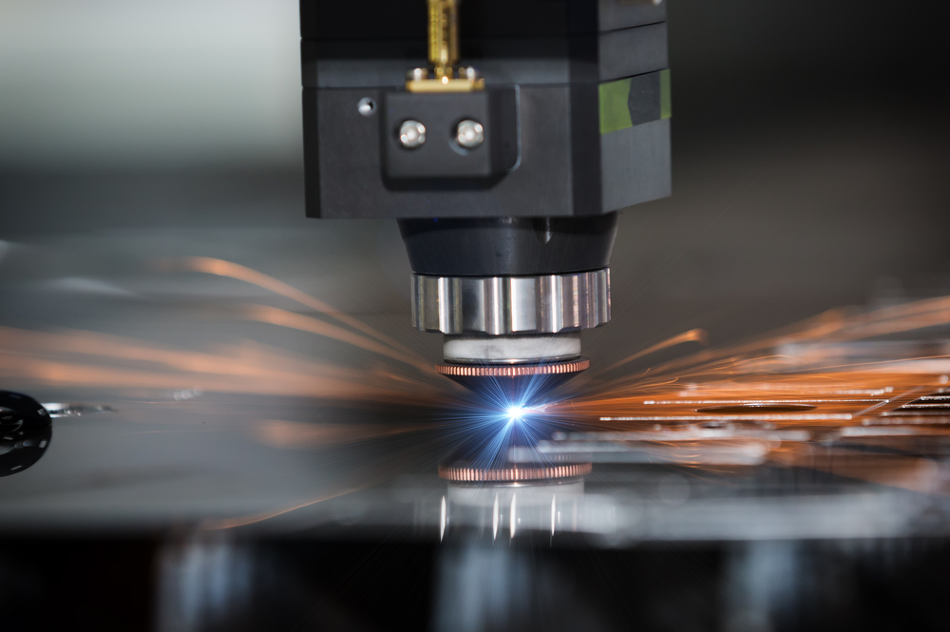The Zentrum für Mechatronik und Automatisierungstechnik (ZeMA) is developing a system to enable the online management of a laser welding process guided by robots.

Image Credit: Shutterstock/Aumm graphixphoto
Robotic Laser Welding Process
A range of process signals are recorded coaxially to the beam of the processing laser and are instantly investigated.
A CMOS camera is attached coaxially in order to match the received signals to potential welding failures. The camera identifies the geometry of the melt pool which contributes to the interface between the laser beam and the workpiece.
The measurements are only viable in a narrow band width that is not overexposed by the wavelengths of the laser plasma due to the challenging lighting environment with extreme contrast.
The application needs an external source of illumination as a result of this. ZeMA chose to use CAVILUX HF for the laser illumination, from the company Cavitar Ltd.
Aside from the purposes of coaxial detection, the illumination is additionally utilized along with a high speed camera in order to attain 3D images as a source for unused information.
The video presents the keyhole and melt pool of the laser process recorded with a frame rate of 10.000 frames per second.
Laser welding of steel - CAVILUX illumination laser - Cavitar Ltd.
Acknowledgments
Produced from materials originally authored by Carsten Kaldenhoff from ZeMA – Zentrum für Mechatronik und Automatisierungstechnik gemeinnützige GmbH.

This information has been sourced, reviewed and adapted from materials provided by Cavitar.
For more information on this source, please visit Cavitar.